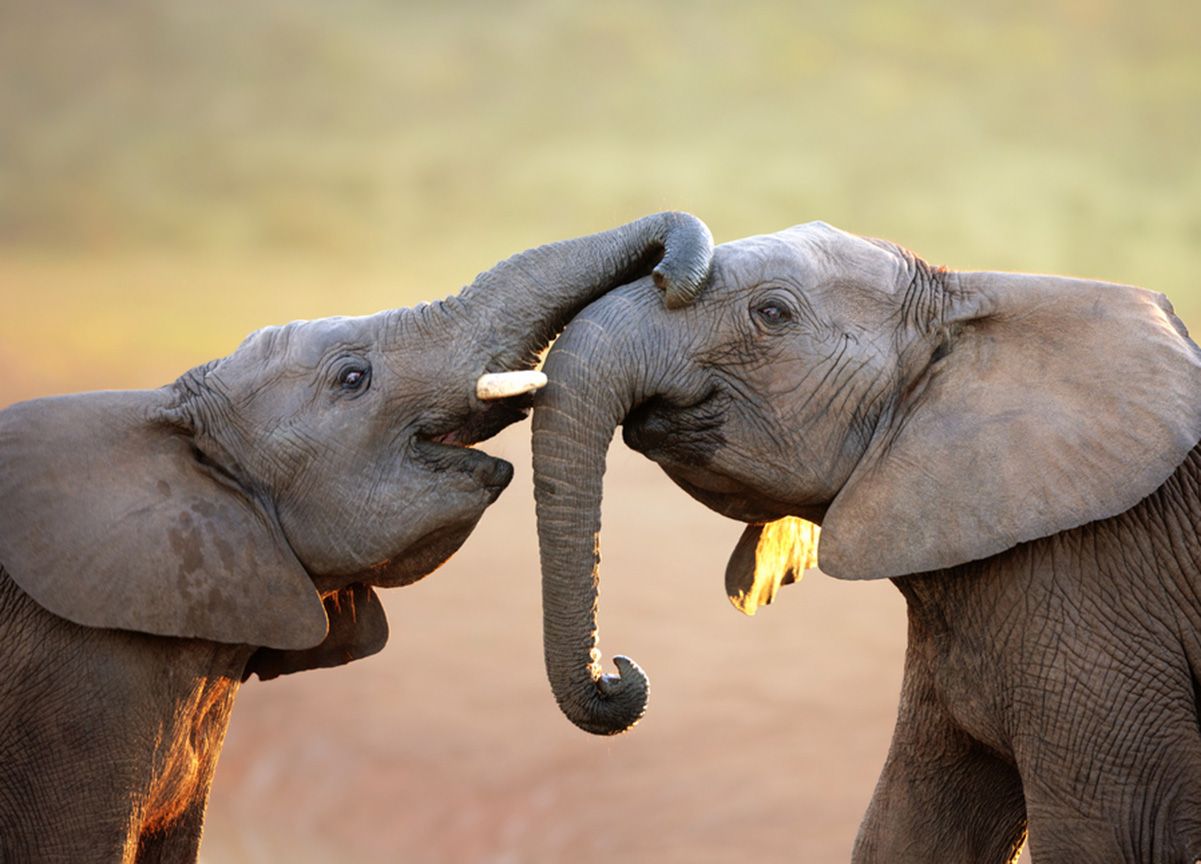
Overview
Animal Behaviour will introduce students to an evolutionary approach to the study of animal behaviour. The lectures will emphasize testing hypotheses about how natural selection shapes the behaviour of animals. Material ranges from sensory perception and physiological mechanisms underlying behaviour to foraging, lectures will serve as an introduction to active and exciting research in ecology, psychology, physiology, genetics, applied conservation and animal welfare. Independent research projects will promote the development of research skills, including the design of a study, the collection, analysis and interpretation of behavioural data, and the written communication of results.
Note: Students in this course should have a basic understanding of how statistics are used in biology. Much of the textbook and assigned readings will require this knowledge. In addition, you will not be able to complete your research project without being able to do simple statistical analyses (e.g. t-tests, chi-square tests).
Learning Outcomes
Upon completion of this course, students will be able to:
- Explain how natural selection shapes the behaviour of animals;
- Distinguish between different types of questions that may be asked about animal behaviour, and formulate hypotheses of each type to explain a given behaviour;
- Outline the formulation of hypotheses about behaviour, the procedures used to test them, and the types of data that can be collected;
- Explain the origin and evolution of behaviours involved in activities such as foraging, spacing and group movement, predator-prey interactions, reproduction, and communication

